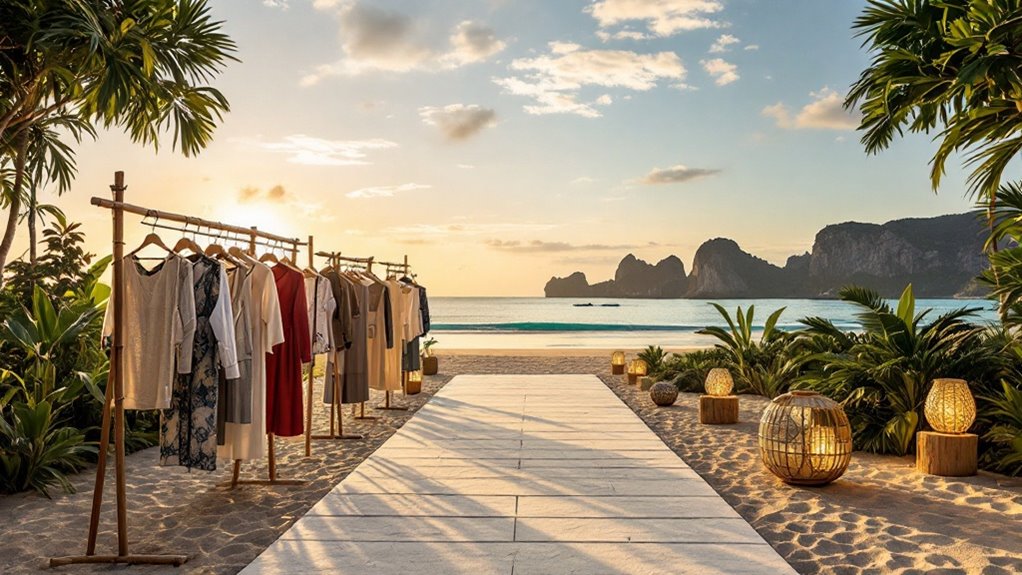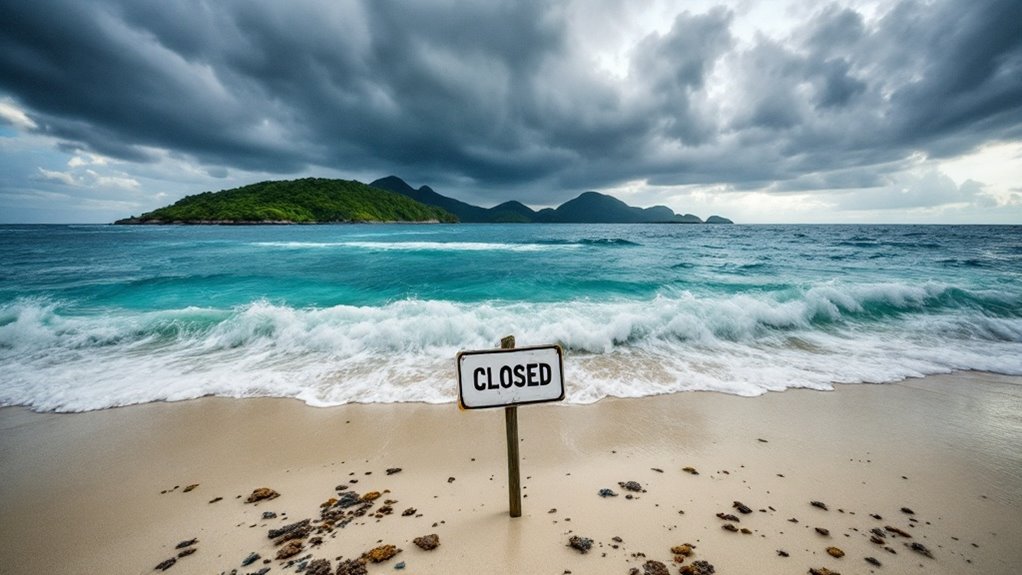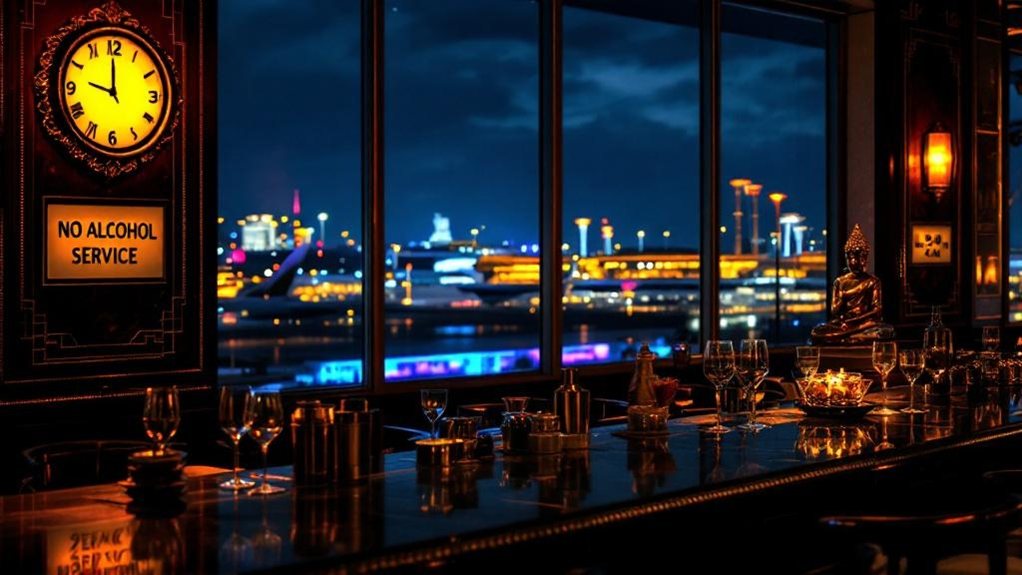In 2025, 3.1 Phillip Lim will partner with Thailand’s tourism sector to introduce curated fashion experiences at prominent destinations, leveraging government efforts to attract upwards of 41 million international visitors. Strategic collaborations will include pop-up exhibitions, influencer-driven campaigns, and fashion events at key tourist locations, aligning with Thailand’s infrastructure improvements and cultural campaigns. These initiatives are designed to diversify the nation’s tourism appeal and support predicted market growth, with further specifics and opportunities for global engagement available in the following content.
As Thailand positions itself to welcome between 36 and 39 million international visitors in 2025, the intersection of fashion and tourism emerges as a strategic consideration for stakeholders in both industries. The Thai government and the Tourism Authority of Thailand (TAT) have outlined ambitious goals, with projections indicating the tourism market size will grow at a compound annual growth rate of 2.1%, moving from THB 3.0 trillion in 2025 to more than THB 3.3 trillion by 2030.
The anticipated arrival of 41.1 million tourists in 2025, bolstered by supportive government policies such as visa exemptions for major economies, places Thailand firmly on track to exceed pre-pandemic tourism levels. In 2024, over 35.04 million international tourists visited Thailand, demonstrating the nation’s strong recovery and setting the stage for even greater arrivals in the coming year. As part of this momentum, the hospitality industry’s brand collaborations—from F&B to hotels—are innovating ways to create unique, immersive experiences that attract both local and international audiences.
With 41.1 million tourists expected in 2025 and new visa exemptions, Thailand is set to surpass pre-pandemic tourism records.
Within this context, the integration of fashion into the tourism ecosystem is gaining attention. Although there is limited specific data on formal collaborations, fashion brands like 3.1 Phillip Lim represent opportunities for creative partnerships. These brands could work alongside tourism boards to develop unique visitor experiences, such as pop-up events, limited-edition collections, and curated exhibitions at key tourist attractions.
Influencers, leveraging their international reach, might promote Thai fashion labels while traveling, amplifying both the country’s cultural narrative and its global appeal.
The TAT’s “Amazing Thailand Grand Tourism Year” campaign for 2025 aims to drive demand and shape supply, with a targeted 7.5% increase in tourism revenue and a plan for the international market to achieve over 80% growth compared to 2024.
Infrastructure developments, including improved city connectivity and expanded accommodation options, will support the expansion of fashion-focused tourism events. The broader economic impact is significant, with tourism growth projected to outpace GDP expansion, creating new opportunities across sectors.
Finally, the diversification of Thailand’s tourism offerings through cultural and creative initiatives—including fashion—can help sustain long-term growth. As Thailand continues to highlight its beaches, festivals, gastronomy, and rich heritage, the integration of high-profile fashion collaborations stands to enhance the country’s status as a world-class destination, attracting a broader and more diverse visitor base in 2025 and beyond.









